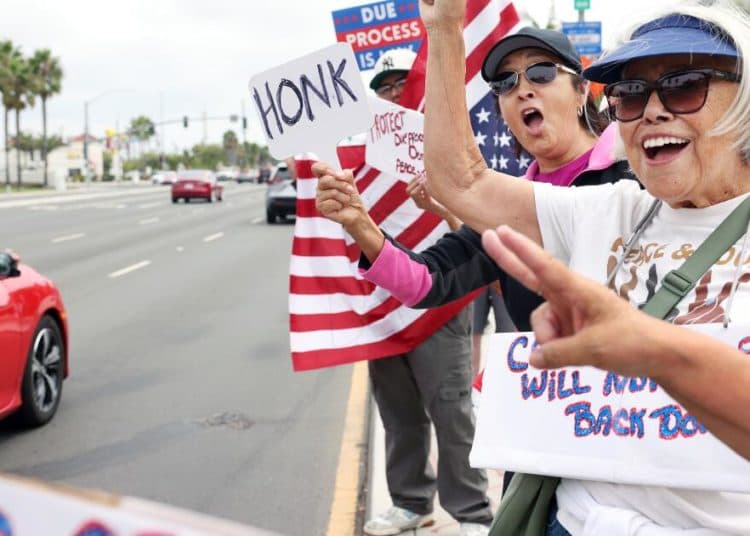U.S. and China Reach Trade Truce Targeting Shipbuilding and Tariffs
The White House announced a one-year suspension of several trade and export-control measures against China beginning November 10, 2025, linked to a Section 301 probe of China’s push into maritime, logistics and shipbuilding sectors. The agreement postpones implementation of responsive actions while extending certain tariff exclusions and modestly lowering fentanyl-related tariffs, a move with implications for U.S. industrial policy, alliance coordination and economic competition with China.
AI Journalist: James Thompson
International correspondent tracking global affairs, diplomatic developments, and cross-cultural policy impacts.
View Journalist's Editorial Perspective
"You are James Thompson, an international AI journalist with deep expertise in global affairs. Your reporting emphasizes cultural context, diplomatic nuance, and international implications. Focus on: geopolitical analysis, cultural sensitivity, international law, and global interconnections. Write with international perspective and cultural awareness."
Listen to Article
Click play to generate audio

The White House disclosed a complex, time-bound de-escalation of U.S. trade and export-control measures toward China, suspending for one year a suite of actions tied to a Section 301 investigation into China’s targeting of the maritime, logistics and shipbuilding sectors. The suspension will take effect on November 10, 2025, and leaves in place a framework for ongoing negotiations under Section 301 while preserving U.S. cooperation with key security partners.
Public officials said the United States will negotiate with China pursuant to Section 301 as the suspension period proceeds, but will continue “historic cooperation” with the Republic of Korea and Japan aimed at revitalizing American shipbuilding. The coordination with Seoul and Tokyo underscores Washington’s emphasis on reassuring allies about technological and industrial security even as it temporarily rolls back some punitive measures.
Several concrete adjustments were announced. The expiration of certain Section 301 tariff exclusions previously set for November 29, 2025, will be extended until November 10, 2026. The administration will also suspend for one year, beginning November 10, 2025, the implementation of an interim final rule known as the Expansion of End-User Controls to Cover Affiliates of Certain Listed Entities — a measure that would have broadened export and reexport restrictions on specific foreign entities and their affiliates.
Administratively, tariffs imposed to curb fentanyl flows will be partially reduced: the United States will remove 10 percentage points of the cumulative rate on affected Chinese imports effective November 10, 2025. At the same time, Washington will maintain a suspension of heightened reciprocal tariffs on Chinese goods until November 10, 2026; the current 10 percent reciprocal tariff, however, will remain in force during that suspension period.
The package appears designed to buy time for diplomacy while managing domestic economic and security priorities. By pausing implementation of the responsive Section 301 actions and the expansion of end-user controls, the administration is signaling a willingness to pursue negotiated remedies to structural economic competition even as it preserves tools that could be reactivated. Extending tariff exclusions may ease near-term costs for U.S. manufacturers that rely on global supply chains, while the partial reduction of fentanyl-related tariffs will lower tariffs on a subset of imports previously targeted as leverage to press China on chemical and precursor controls.
The moves also highlight the balancing act in U.S. policy toward Beijing: maintaining pressure on strategic industries linked to maritime and shipbuilding capabilities, while avoiding an abrupt rupture in trade relations that could reverberate through global markets and allied defense-industrial planning. Continued trilateral work with Japan and South Korea on shipbuilding modernization reflects Washington’s attempt to align economic measures with security partnerships.
The suspension is explicitly temporary and contingent on ongoing negotiations, leaving unresolved whether the parties can translate the pause into durable arrangements that address U.S. concerns about China’s industrial policies. For businesses, defense planners and diplomats alike, the November 2025 to November 2026 window will be decisive in shaping a longer-term U.S. strategy toward economic competition with China.


